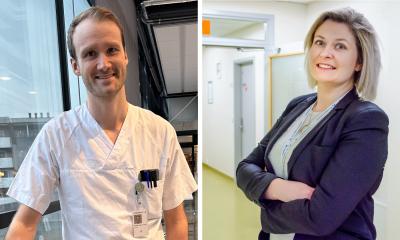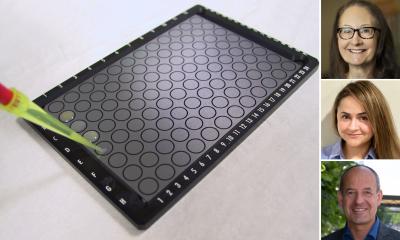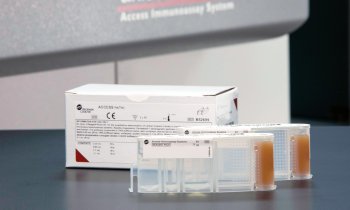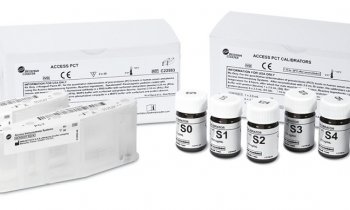Article • Disaster areas
Winners on the firing line
Jens Hahn MD is an Internal Medicine and Intensive Care Specialist who works with the international, independent, medical humanitarian organisation Médecins Sans Frontières (MSF in English: Doctors Without Borders). Here he describes his work in Afghanistan and South Sudan, and the use of rapid diagnostic tests in the field.
Interview: MEDICA-tradefair.com/Kilian Spelleken
Every conflict area has its own structure that depends on the respective security situation.
Jens Hahn MD
Infectious diseases are widespread in conflict areas, and without basic medical care on location, people cannot be appropriately treated. Laboratory tests are limited in the field. However, rapid diagnostic tests enable medical personnel to test patients for several infectious diseases, e.g. for the presence of malaria or HIV infection.
Speaking of the Sudan and Afghanistan, Jens Hahn said it is hard to generalise about the work involved: ‘Every conflict area has its own structure that depends on the respective security situation. How freely can you move as a medical team? Can you actually perform the classic work of MSF? Can you drive to the site with your jeep and provide primary healthcare to people, or does the security situation not allow it? In Afghanistan for example, treatment needs to focus on the centres. Here you can move freely only in the hospital or your living quarters.
What diseases and injuries do you prepare for there?

‘That also strongly depends on the situation. In classic settings, like in South Sudan, these can be tropical diseases such as malaria, hepatitis or tuberculosis. A large number of war wounds is added in the increasing conflict areas with violent battles. Here you need to increasingly treat gunshot wounds. Infections that result from bullet or stab wounds, and other acts of violence. are also a part of our daily routine.
‘The battle involves classic infectious diseases such as transmissions of bacteria, viruses and parasites. But there are also many cases where people with bullet wounds cannot be medically treated until after a few weeks have gone by. The severely infected wounds need to first receive first aid and then generally require subsequent surgery.’
Resources available on location
When we need to drive a long way from our base camp to a village, we can only take a limited amount of material with us, meaning only those items that fit into two Jeeps, for example.
Jens Hahn MD
‘You also need to differentiate in this instance: when we need to drive a long way from our base camp to a village, we can only take a limited amount of material with us, meaning only those items that fit into two Jeeps, for example.
‘In terms of primary healthcare, malaria or respiratory diseases in children, for instance, can be treated on a larger scale. Therapeutic foods for malnourished children and hygiene products, like soap, also have room in the Jeep. Many infectious diseases can occur because the simplest resources are not available on site.
On site lab testing
‘Laboratory tests can only be done on a limited scale, especially in remote areas. A small test kit, for example, could make it possible to detect anaemia on location. Yet this test is rarely conducted because, typically, you can’t perform a blood transfusion in this kind of setting. By now, we commonly use rapid tests that can detect malaria within a few short minutes, for instance. You can envision this like a pregnancy test, only the test isn’t done with urine but with one drop of blood and an indicator.
‘The HIV rapid diagnostic test also plays a relatively big role in the field. These types of tests are not available for all diseases, however. From a medical point of view, it is rewarding to fall back on your manual skills and get away from just treating people with medical devices.
Which rapid diagnostic test is used most frequently?
Oftentimes, about 250 children are waiting for us in a malaria-infested area.
Jens Hahn, MD
‘The malaria test; in the best-case scenario, we regularly visit different places after we’ve informed the community members in advance. Oftentimes, about 250 children are waiting for us in a malaria-infested area.
‘If a child exhibits an increased body temperature or other symptoms, we perform a rapid diagnostic test. Since this is often the case for at least one-third of the people or more, you quickly need dozens of tests. Yet not all of them turn out positive. The children frequently also have other diseases.’
In conflict areas, are you personally more susceptible to infections and take special precautions?
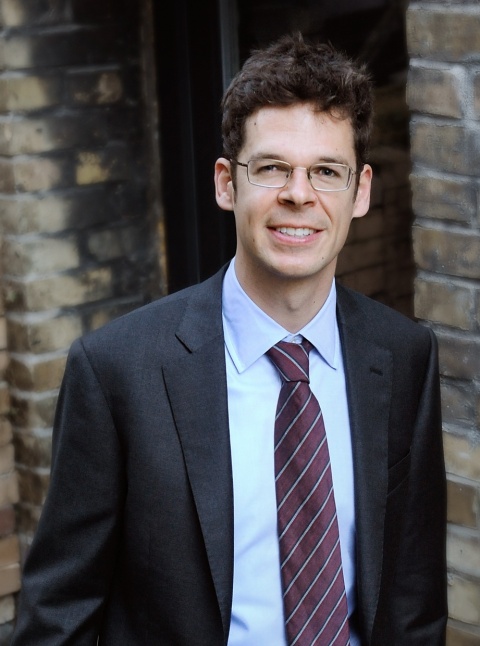
‘That strongly depends on the area. During the Ebola epidemic, for example, where MSF could set up tents very quickly, you definitely had to protect yourself. We are dealing with a disease where drugs don’t provide any protection. This is why we are just as vulnerable as the people that live in this area.
‘I didn’t perceive the risk as much greater in Afghanistan than I did at home. Sure, TB is a major problem there but this is a disease that primarily affects people with weak immune systems. Yes, there is an increased risk in some countries for certain diseases, such as malaria, for example. However, the risk to get sick yourself is not exorbitantly higher. We need to pay more attention to hygiene. The local standards often don’t meet our own standards.
Source: MEDICA-tradefair.com/Kilian Spelleken
05.07.2016




